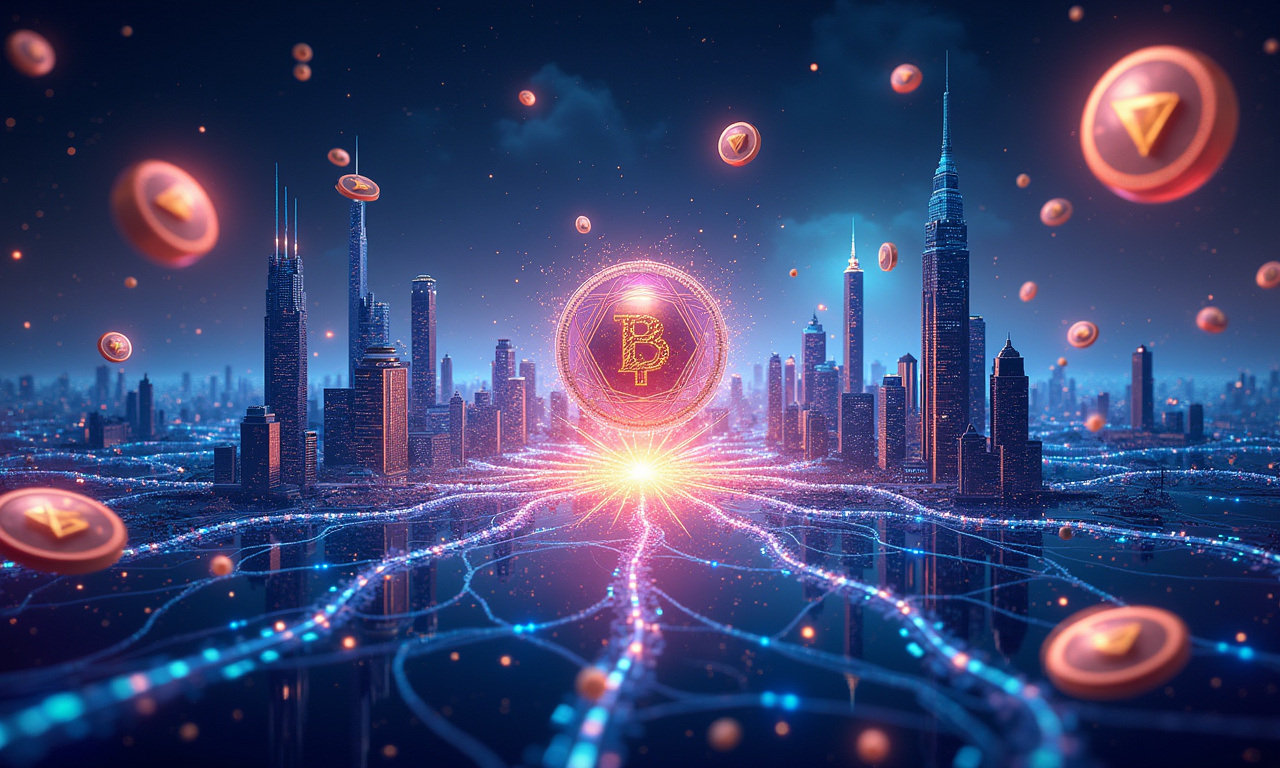Alright, let's talk frankly. The NFT market has been the crypto world’s battlefield, and currently NFTs are pulling in a dangerous coup. You might be thinking, "NFTs? Aren't those just JPEGs for rich people?" Think again. The recent surge in the NFT market isn't just a blip; it's a sign of a fundamental power shift, and DeFi needs to pay attention – fast.
The numbers don't lie. In fact, July was the month when NFT activity overtook DeFi in terms of user engagement. This caused trading volume to skyrocket by a mind-blowing 96%, hitting $530 million. While the overall number of these transactions decreased slightly, the average sale price more than quadrupled, skyrocketing to a breathtaking $105. Step back, because this isn’t your grandma’s Beanie Baby craze, this is a relatively new market maturing, market finding real value, serious capital coming in.
Here's the unexpected connection: think about the early days of the internet. Think back to when everyone said Twitter was just for email and cat photos. Then e-commerce, social media, streaming… the internet continued to develop. NFTs are undergoing a similar transformation. They're not just about digital art anymore. They are quickly becoming the keys to digital identity, event tickets, in-game assets, and most importantly tokenized real-world assets (RWAs).
This is where DeFi should be sweating. DeFi had a huge month in July, TVL soaring. The untold story is a huge, dramatic revolution that’s happening under-the-radar within real-world assets (RWAs). Look at tokenized stocks in DeFi: wallet interactions exploded from 1,600 to over 90,000, and market capitalization jumped 220%! Now people are waking up to the potential of moving real-world assets onto the blockchain, and NFTs are the ideal vehicle for this.
Are RWAs the next Big Thing?
NFTs are a fantastic tool for fractional ownership. They authenticate, facilitate, and simplify in ways traditional finance has yet to imagine. Now, picture tokenizing an entire real estate portfolio, art collection or even intellectual property. All of a sudden, these assets are liquid, programmable, and tradable anytime, anywhere, 24/7. That’s the potential of RWAs, and NFTs are the key to realizing it.
The anxiety here is real. Today, DeFi stands to become siloed, focusing only on digital assets. In the meantime, the rest of the world is moving at a breakneck pace towards tokenizing every type of asset imaginable.
Don’t forget about the platform wars currently raging within the NFT ecosystem. Blur currently leads the charge for Ethereum-based NFT trading, powered by mercenary traders and its Blend lending tool. OpenSea, still the king of daily active users, is not outpacing its major competitor yet OpenSea has some real competition. And of course there’s Zora, deployed on Coinbase’s Base network, providing a lower-cost minting alternative.
Blur vs. OpenSea: A Platform War
This competition is good. On the positive side, it’s compelling platforms to find ways to differentiate, innovate, lower fees and enhance the user experience. It highlights a crucial point: the NFT space is becoming more sophisticated, more competitive, and more professional. Purchasing a personalized, cute avatar is only the tip of the iceberg. It’s not just about making money, it’s about developing a company, establishing a name, and entering a worldwide commerce sphere!
How does this relate to DeFi? In a way, these platforms are mini nation-states, with their own economic rules and incentives. They’re more focused on providing lending, trading, and similar financial services, many of which operate outside of the standard DeFi ecosystem. Combined with the other actions above, this represents a significant direct challenge to DeFi’s dominance throne.
The fear for DeFi is simple: adapt or become irrelevant. The NFT boom was more than a much-hyped moment in time, it was an indication that the crypto space is maturing. In order for DeFi to stay relevant, it needs to get connected with the NFT space. It needs to lean into RWAs and find creative ways of delivering true value to NFT holders.
DeFi's Adaptation or Irrelevance?
By establishing strong connections between DeFi protocols and NFT marketplaces to unlock, borrow against and reinvest attempts. By facilitating new lending and borrowing mechanisms for NFTs. By creating these new financial products rooted in and taking advantage of the unique characteristics tokenized assets.
That felt sense of outrage here should be directed at complacency. DeFi to some extent cannot coast on the past whilst hoping the present model will be sufficient for the future. The NFT market is growing at a lightning pace and DeFi must do the same.
The future of crypto goes beyond DeFi and NFTs. It’s not just a competition between them, it’s really about how they both can work together to make the financial system more open, more accessible, and more efficient. The power is shifting, and DeFi needs to act now to secure its place in the new world order. Are you ready to adapt? Because the clock is ticking.
Ultimately, the future of crypto isn't about DeFi or NFTs; it's about DeFi and NFTs working together to create a more open, accessible, and efficient financial system. But make no mistake: the power is shifting, and DeFi needs to act now to secure its place in the new world order. Are you ready to adapt? Because the clock is ticking.




